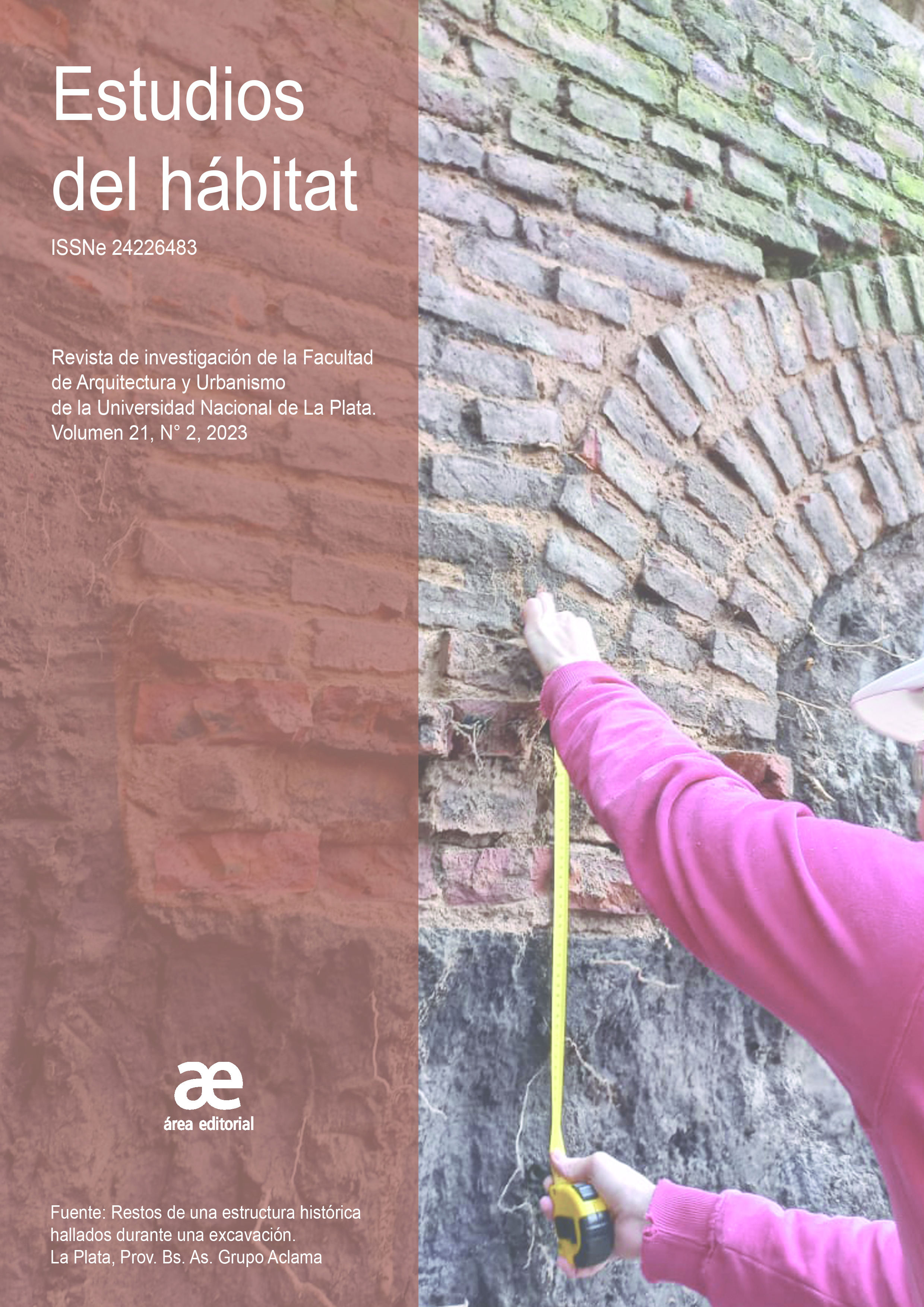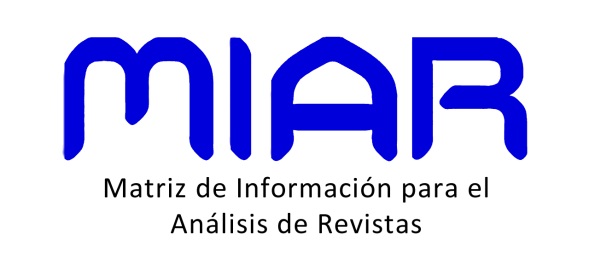Methodology aimed at identifying the most frequent technological-constructive solutions of the building envelope to improve its energy efficiency
DOI:
https://doi.org/10.24215/24226483e134Keywords:
data mining, association rules, energy efficiency, building envelope, urban sectorsAbstract
Built buildings represent more than a third of final energy consumption worldwide and almost 40% of total direct and indirect CO2 emissions. The demand in this sector is mainly due to the use of air conditioning equipment, which is related to the building envelope since heat exchange occurs there between the interior space and the environment. Thus, improving the energy consumption of existing buildings through envelope efficiency measures represents an opportunity to save costs and energy. This work presents a methodology that uses a data mining method, the association rules, to identify the most frequent technological-constructive solutions in the envelope of buildings. This allows specific measures to be suggested for the most common solutions with the aim of improving their energy efficiency and, at the same time, facilitating their massive implementation.
Downloads
Metrics
References
Agrawal, R. Imielinski, T. y Swami, A. (1993). Mining association rules between sets of items in large databases. ACM-SIGMOD, 22(2), 207-216.
Amato, J. M. (2018). Reglas de asociación y algortimo Apriori con R. https://www.cienciadedatos.net/documentos/43_reglas_de_asociacion
Báez Acuña, J. M. Paredes Cabañas, C. A. Sosa Cabrera, G. y García, M. E. (8- 2 de octubre de 2018). Descubriendo reglas de asociación en bases de datos del sector retail usando R. XV Workshop Bases de Datos y Minería de Datos (WBDDM). XXIV Congreso Argentino de Ciencias de la Computación. RedUNCI, Facultades de Exactas. Universidad Nacional de La Plata. La Plata, Buenos Aires, Argentina.
Fayyad, U. M. Piatetsky-Shapiro, G. y Smyth, P. (1996). From data mining to knowledge discovery: An overview. Al Magazine, 17, 3, 37-54.
Gómez Cerdeiro, C. G. (2021). Análisis de la importancia de la eficiencia energética en los hospitales. [Trabajo de grado, Escuela Politécnica de Ingeniería de minas y energía, Universidad de Cantabria]. https://repositorio.unican.es/xmlui/handle/10902/22083
Hernández Orallo, J. Ramírez Quintana, M. J. y Ferri Ramírez, C. (2004). Introducción a la minería de datos. Person-Prentice Hall.
IPCC. (2021). Climate change 2021: The physical science basis. Contribution of working group I to the sixth assessment report of the intergovernmental ´panel on climate change. Cambridge University Press. https://doi.org/0.1017/9781009157896
Ma, Z. Cooper, P. Daly, D. y Ledo, L. (2012). Existing building retrofits: Methodology and state-of-the-art. Energy and Buildings, 55, 889-902.
Ministerio de Economía. (2021). Balance Energético Nacional 2021. https://www.argentina.gob.ar/economia/energia/hidrocarburos/balances-energeticos
Pérez Gómez, R. (2020). Generación de reglas de asociación para productos de retail utilizando el algoritmo FP-Growth paralelo. Actas del Congreso Internacional de Ingeniería de Sistemas 2019: Innovando la educación en tecnología. Facultad de Ingeniería y Arquitectura. Ingeniería de Sistemas. Universidad de Lima.
Regnier, C. Sun, K. Hong, T. y Piette, M. A. (2018). Quantifying the benefits of a building retrofit using an integrated system approach: A case study. Energy and Buildings, 159, 332-345.
Sáenz López, A. Cortés Martínez, F. y Betancourt Chávez, J. R. (2017). Reglas de asociación en una Base de datos del área médica. Revista Arquitectura e Ingeniería, 11(2).
Tenhunen, S. (2021). Energy Performance of Buildings Directive 2010/31/EU: Fit for 55 revision-Implementation in action. European Parliamentary Research Service.
United Nations Environment Programme (2020) Global status report for buildings and construction. Towards a zero-emissiones, efficient and resilient buildings and construction sector. UNEP.
Urteneche, E., Barbero, D. A., Fondoso Ossola, S. T. y Martini, I. (2023). Clasificación de establecimientos de salud a partir de características técnico-constructivas de la envolvente edilicia para fundamentar medidas de eficiencia energética. Energías Renovables Y Medio Ambiente, 51, 1–6. https://portalderevistas.unsa.edu.ar/index.php/erma/article/view/4185
Witten, I. H. y Frank, E. (2000). Data mining. Practical machine learning tools and techniques with Java implementations. Morgan Kaufmann Publishers.
Witten, I. H. Frank, E. Hall, M. A. y Pal, C. J. (2017). Data mining. Practical machine learning tools and techniques. Fourth edition.
Ye, N. (2014). Data mining. Theories, algorithms and examples. CRC Press.
Downloads
Published
How to Cite
Issue
Section
License
Copyright (c) 2024 Dante Andrés Barbero, Emilia Urteneche, Irene Martini

This work is licensed under a Creative Commons Attribution-NonCommercial-ShareAlike 4.0 International License.
Acorde a estos términos, el material se puede compartir (copiar y redistribuir en cualquier medio o formato) y adaptar (remezclar, transformar y crear a partir del material otra obra), siempre que a) se cite la autoría y la fuente original de su publicación (revista y URL de la obra), b) no se use para fines comerciales y c) se mantengan los mismos términos de la licencia.








.jpg)

















